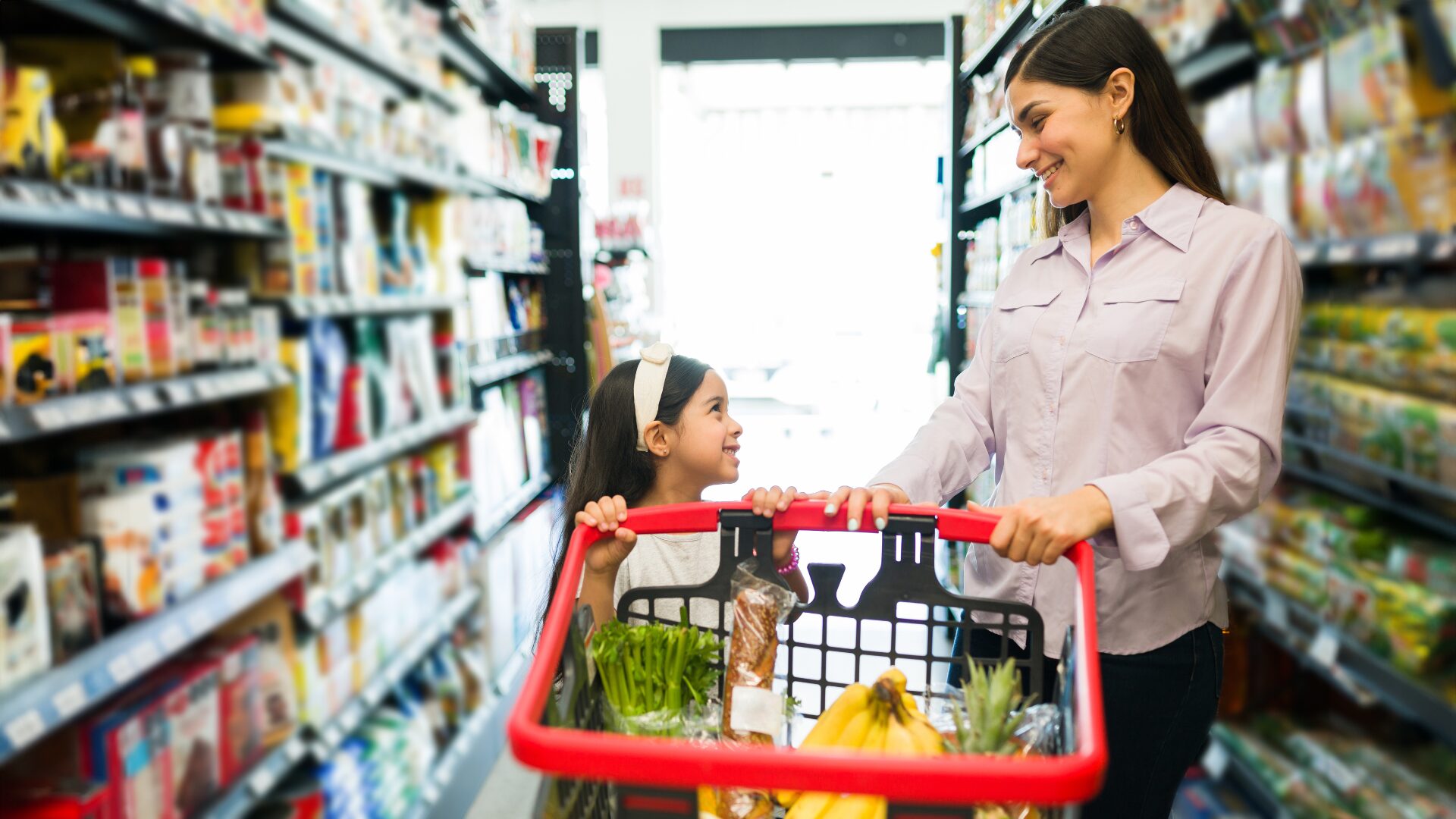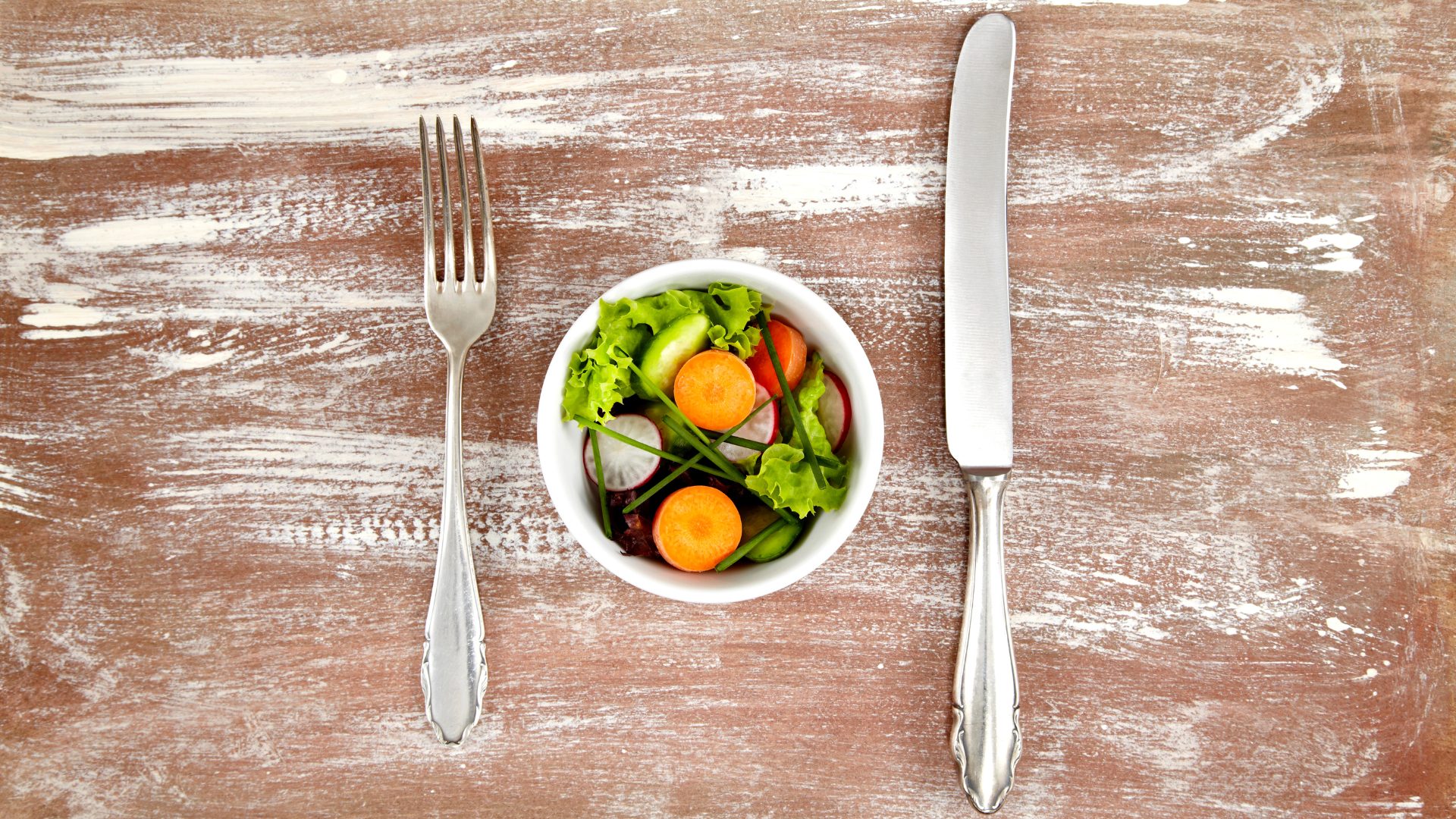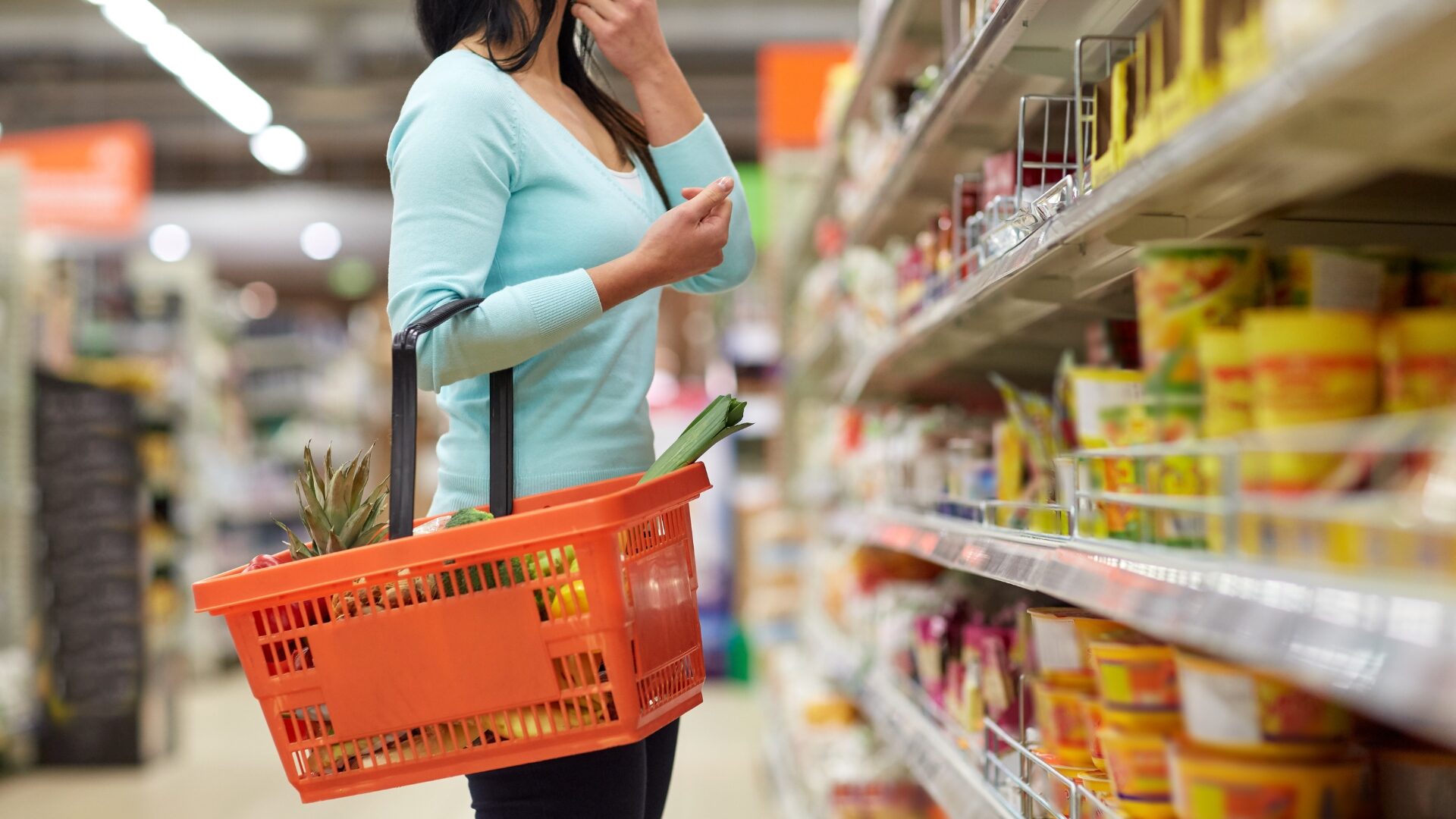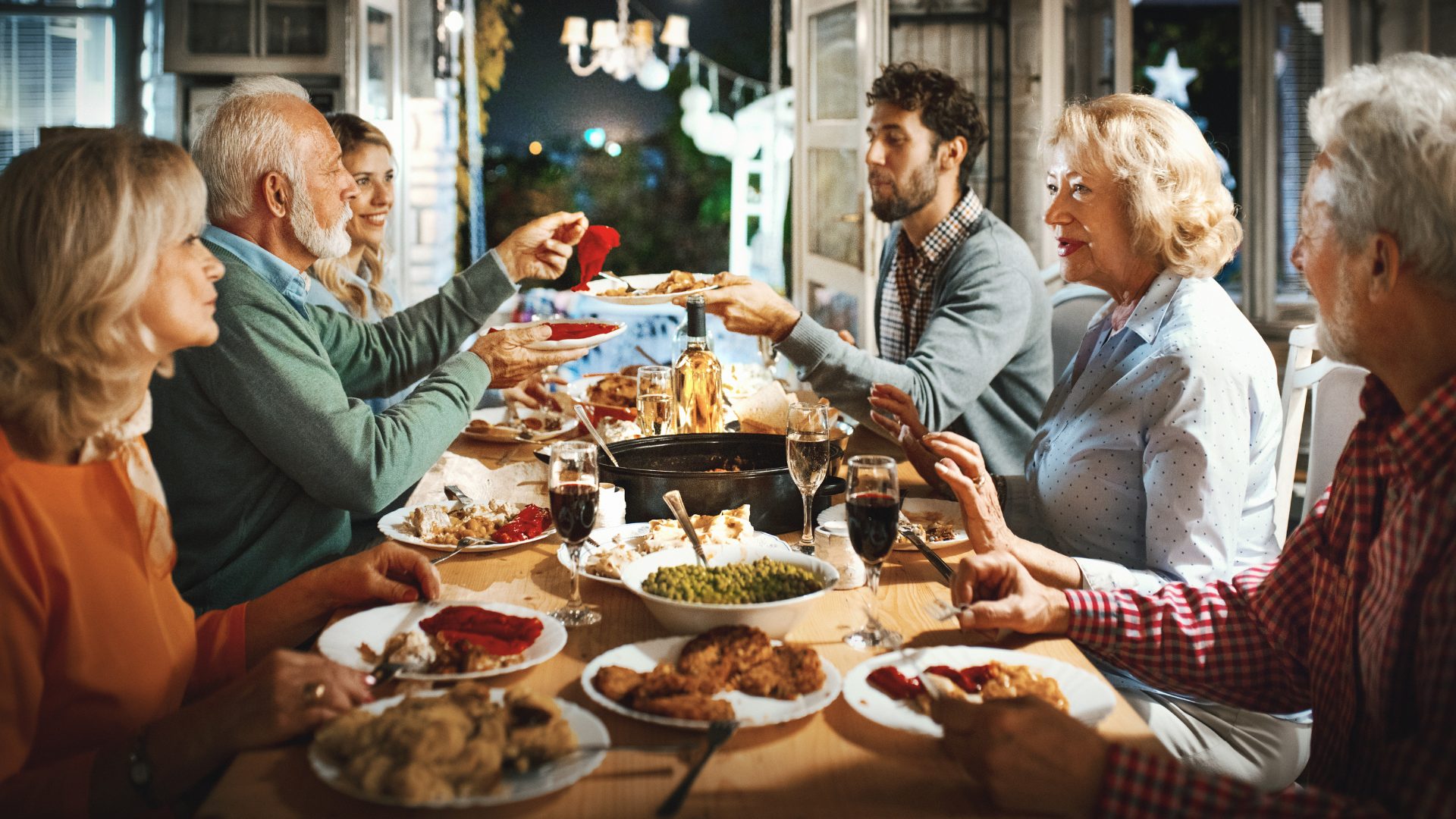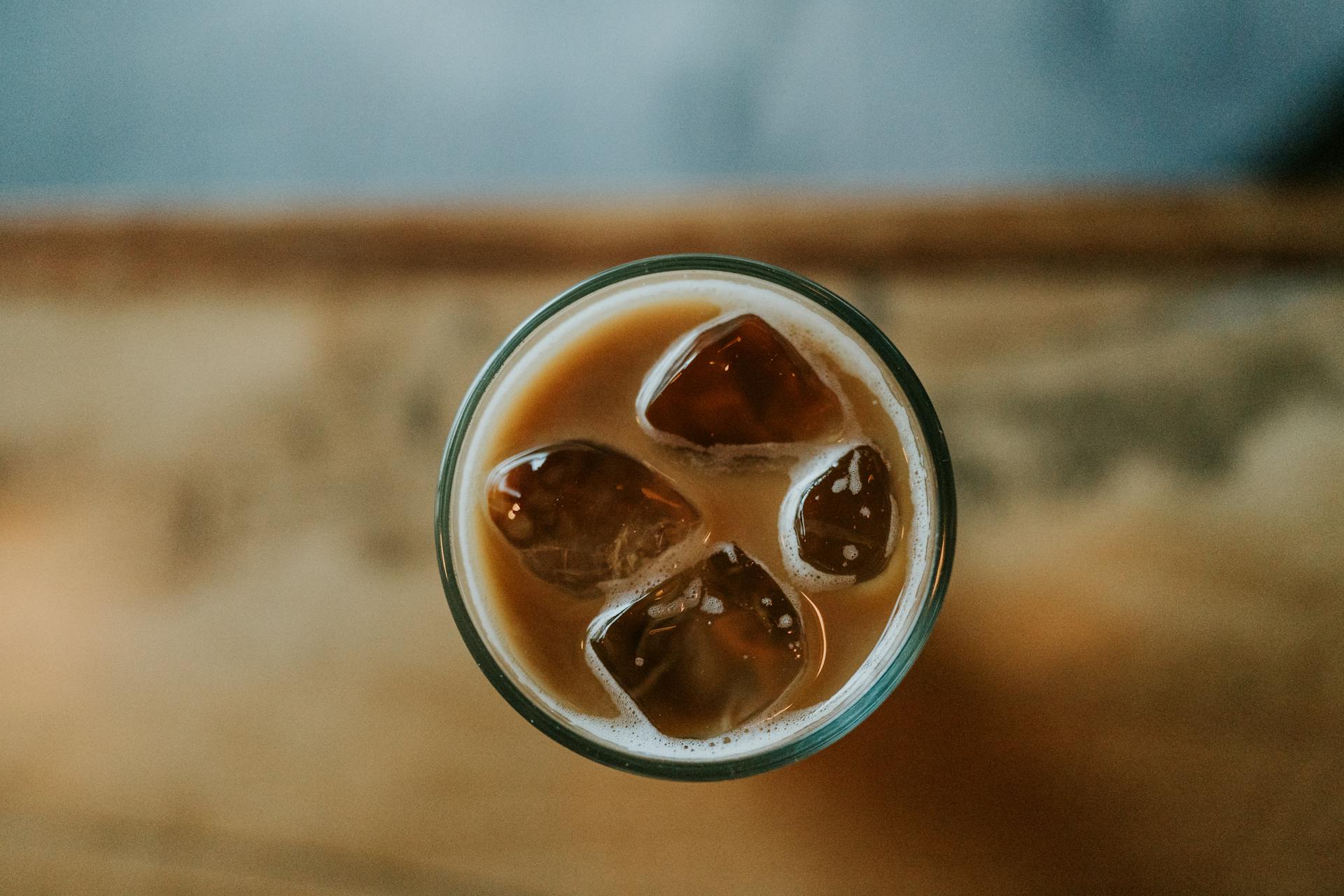After a period of volatility, grocery retail in Latin America is experiencing stabilization. A recent report by McKinsey & Company and Kantar outlined that consumers are prioritizing value while discovering new shopping formats and channels. The report also illustrated how the Latam grocery sector has faced challenges such as inflation and rising unemployment, yet witnessed a rebound in consumer spending in the first half of 2024.
There are four key trends shaping the Latam retail market: the pursuit of value, channel transformation, the rise of private-label brands, and the resurgence of e-commerce.
Many shoppers in Latin America are making smaller purchases more often and using a wider variety of shopping channels. E-commerce (up 44%), convenience stores (32%), and discounters (26%) saw the most growth in the first half of 2024 in the region, while supermarkets showed signs of recovery.
These changes highlight evolving consumer behavior in Latam.
Consumers Prioritize Value
The purchasing power for Latin American consumer goods has declined by 25% since 2020. Essentials like food and beverages dominate spending, while discretionary categories like personal care lag.
The report by McKinsey and Kantar shows that consumers are shifting their brand preferences, reducing spending on mainstream brands and exploring private-label, economy, and premium options. This selective spending behavior opens up opportunities to build customer loyalty and explore new ways consumers can use their products.
Convenience is Key
Retail channels like supermarkets and discounters are increasingly favored by Latin American consumers for value and convenience, capturing over 50% of household spending in most countries in the region.
While traditional channels remain strong in countries like Honduras and Peru, modern formats continue to grow, driven by frequent, smaller purchases. Consumers increased their average annual spending at modern format channels by 15.6% while their average annual spending at traditional stores rose 10.9%.
Discounters, in particular, are seeing noteworthy growth, becoming a dominant format in markets with high penetration levels.
The Rise of Private-Label Brands
The appeal of private-label products is increasing in the Latam region as quality improves.
These brands have expanded beyond traditional categories and consumers are venturing beyond private-label items like nonperishable food, dairy, and personal care items.
Mexico and Colombia have become top markets in terms of private-label sales.
Meanwhile, Ecuador’s private-label spending rose nearly 300%. Private-label success aligns with the growth of discounters, which increasingly feature such products prominently.
E-Commerce Returns to Growth
Traditional channels remain widely used throughout much of Latin America.
E-commerce accounts for just 1% of total home consumption by sales value, though it is undeniably growing, quadrupling in size over the past five years. Categories like personal care and nonperishable food are leading online sales.
Strategic Adaptations for Retailers
Grocery retailers in Latam are adopting multifaceted strategies to stay competitive:
- Evolving strategic positioning: Retailers are changing store formats to cater to evolving consumer needs, by expanding smaller stores in high-traffic locations, and offering new services such as ready-to-eat meals.
- Transforming with technology: Leaders are integrating data analytics and AI to optimize operations, enhance customer insights, and deliver personalized experiences.
- Expanding revenue sources: Retailers are exploring new business ecosystems, including marketplaces and retail media networks, to diversify income streams and deepen customer engagement. accessible to Americans, too.


